We’ve all complained about saddle sores from cycling at some point or another. It’s one of the most common problems for new and experienced cyclists. No matter how skilled you are in cycling, and no matter how careful you are, you'll have to deal with cycling saddle sores every once in a while.
It’s worth noting that saddle sores are not restricted to your age or gender - so long as you're a cyclist, then saddle sores might be lurking around that next corner.
They were honestly one of the bigger challenges when I started taking longer rides. If you haven’t experienced them, you just don’t think about them as a possible pitfall, and as a result, they just sort of sneak up on you.
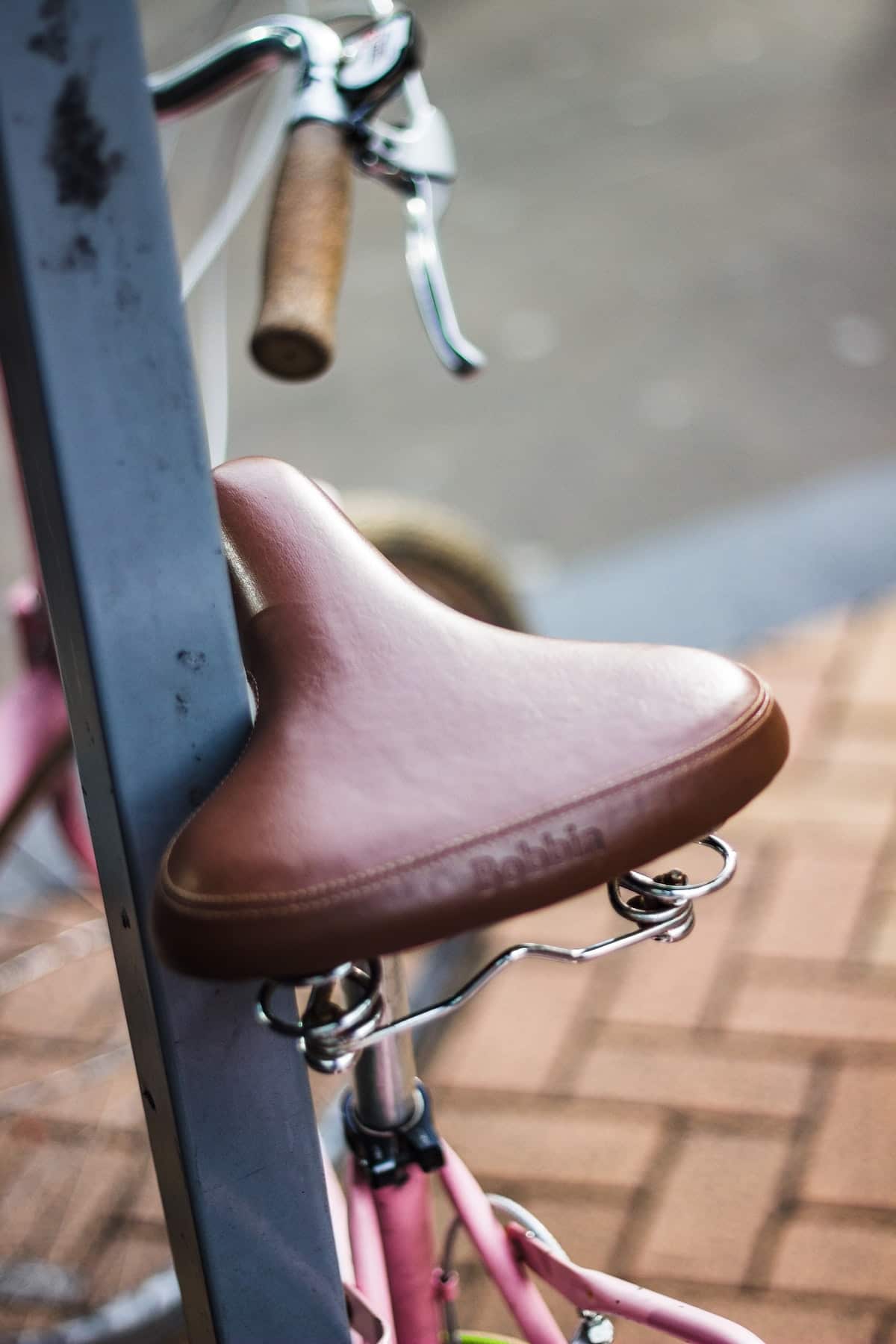
Jump to:
What are saddle sores
Generally speaking, saddle sores start with a mild, painless peeling of the skin within the more intimate areas such as the inner thighs, genital and buttocks region. This painless shedding of the skin is known as chaffing.
Chaffing is mainly caused by friction either via tight and uncomfortable wears, or shaving. In most cases, when chaffing is left unattended to, and the friction persist, it can turn into a more painful experience. In this case, the top layer of the affected skin gets inflamed due to damage and persistent friction.
When the affected region moves from painless chaffing to painful bumps and inflammation, then it is known as a saddle sore. At this point, sitting either on the saddle or anywhere else is generally uncomfortable.
How do they occur
Saddle sores can be categorized into two categories: sores caused by abrasion, and sores caused by infection of the hair follicles. Both categories begin via friction.
Saddle sores from abrasion
As a cyclist, you normally generate friction around your inner thighs and areas prone to saddle sores, when cycling. When your inner thighs keep brushing on the saddle consistently, it slowly peels off the top layer of skin - leaving the skin inflamed and sensitive.
According to Gary Cairnduff a sports physiotherapist, the excess friction is caused by a handful of reasons. These reasons include but are not limited to:
The saddle doesn't fit
You could be using a saddle that's either too big, shaped wrongly or fixed wrongly. You either fixed the saddle too high or too low, or it's farther backwards or forward than required. Either way, the way you fix your saddle determines your risk of excess friction leading up to saddle sores.
Unbalanced bike fit
When buying a bike, it's important to factor in your height and weight. This is so that you don't get a bike that's either too high off the ground or too low for you. The pedal and handlebars positioning too has to be properly fixed.
Unequal leg-length
In a handful of cases, the legs are not of equal length, hence balance on the saddle becomes difficult.
Wrong shorts
For some the friction fuel is in the type of shorts being worn. When your shorts are either too tight or too loose, it's bound to cause unnecessary friction in your inner region.
In all cases, saddle sores caused by abrasion can be linked to one or more factors of stress in cycling. So long as friction persists, the sores will appear in all their reddish glory.
Hair follicle infection
Hair follicle infection can happen after shaving. When the inner region is exposed to excess friction and sweat after shaving, the bruises, if not tended to, could become infected with bacteria.
You should note that there are natural bacteria on the skin. These have their uses on the outside, but when introduced to the inner layers of skin (which has been exposed via shaving, hair regrowth, and friction), they cause untold discomfort. Hence, the bacteria infected hair follicles appear swollen with/without pus, and can be really quite painful!
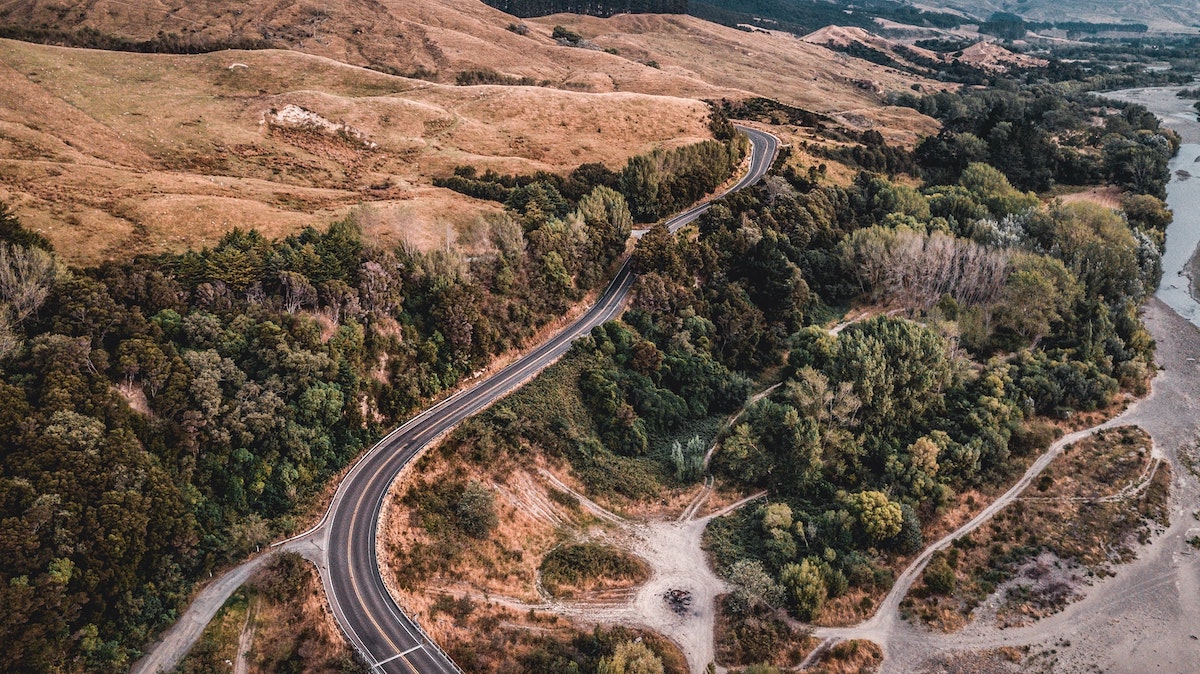
How to treat saddle sores
Depending on how severe your sores are, you can either treat it with topical antibacterial creams, or you might just have to visit the hospital. General treatment of saddle sores include:
Taking time off
The easiest way to heal saddle sores, is to take some time off cycling. Saddle sores usually clear up in a week - that depends on how mild the case. Should it be a severe case, you might need to take a full month off cycling.
Wash and apply
If you're battling with saddle sores, you can get it treated by washing the affected area with warm water and mild soap. Wipe off the water and gently apply an antibacterial cream over the affected surface to prevent further infection. Washing also applies to your cycling shorts
Expert medical attention
If you're dealing with a severe and lingering case, especially infected sores, your best remedy would be to visit the hospital. The doctor's are in the best position to treat severe cases of saddle sores.
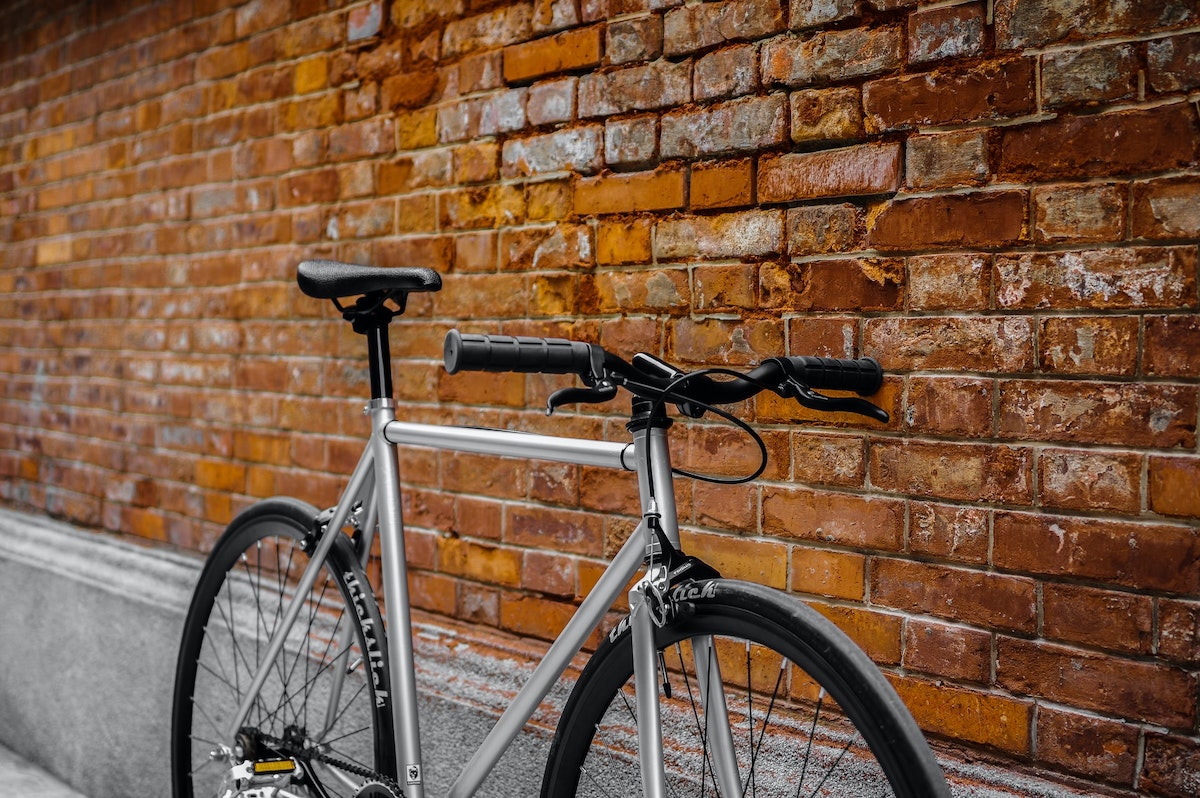
How to prevent saddle sores from cycling
Prevention is always better than cure in virtually all cases, and the same can be said concerning saddle sores. Here are a few tips for preventing saddle sores:
- Change immediately after cycling; there's no point in sticking around in your sweat ladened cycling gear. Since cycling causes friction around your inner thighs, and sweat packs a ton of bacteria, it is best you get out of your gear and take a refreshing bath.
- Good hygiene is a must; washing your gear and taking a bath after each ride are great ways to keep yourself refreshed. This lessens your risk of saddle sores.
- Get what fits you perfectly; if it's a bike or cycling shorts, you'll feel more comfortable with what fits you well. If it's too high, low, tight or too loose, it's an unnecessary risk.
- Take breaks and avoid strain; consistency helps build your cycling skill, but that should include taking breaks. Your body needs rest, hence avoid stretching yourself for days, give room for your inner thighs to heal from chaffing and any mild abrasion.
- Give your butt a rest every once in a while. If you find yourself feeling strain in the saddle soreness area, consider riding out of the saddle for a bit so that you can reduce the friction levels.
- De-escalation; if you notice abrasions or you're starting to feel uncomfortable, that's the best time to ensure your discomfort doesn't develop into a severe case of saddle sores. Mildly apply antibacterial creams on your inner thighs before and after cycling to help reduce friction.
- Less cycling after shaving; while it's healthy to shave, cycling after shaving causes undue friction that irritates the hair follicles. Hence, reduce your amount cycling after shaving so as to prevent saddle sores.
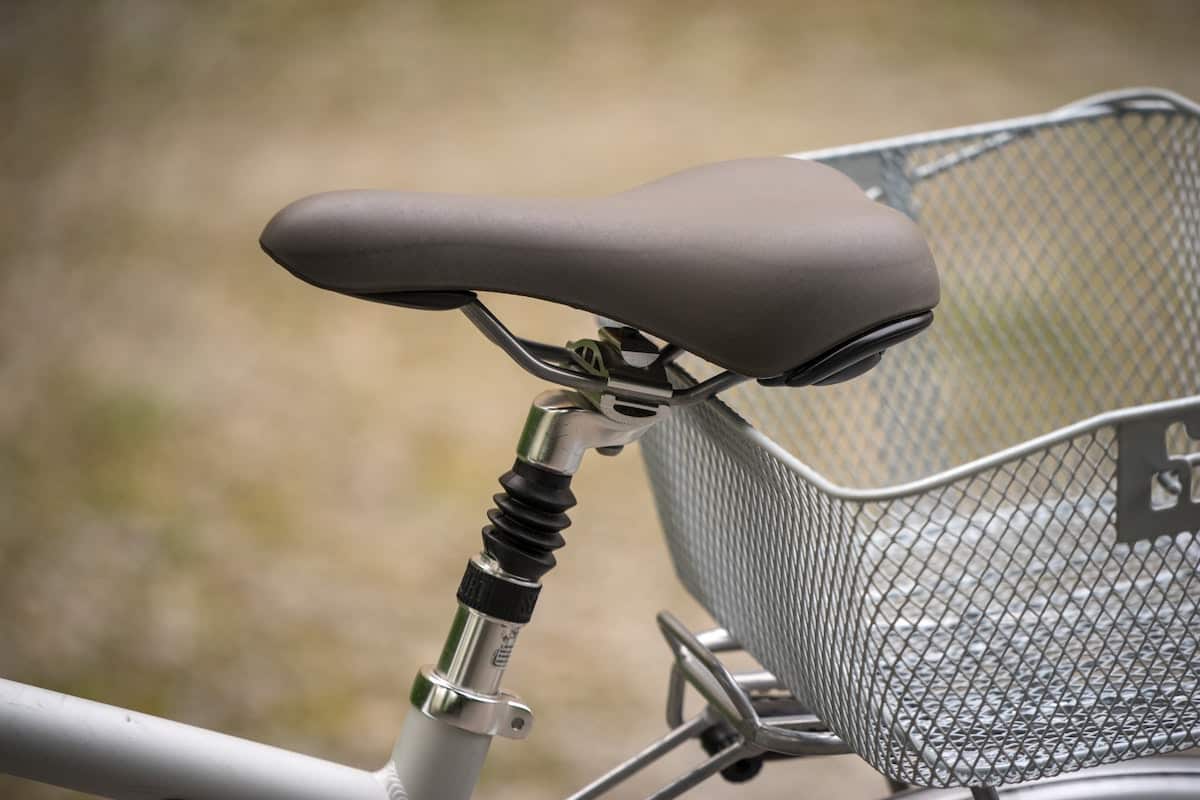
Conclusion
Saddle sores are common among cyclists, it's not necessarily because you're doing something wrong. Hence, don't let it stop you from enjoying the thrills of Cycling.
Get our FREE NEWSLETTER! Follow on Instagram, and Pinterest for updates.
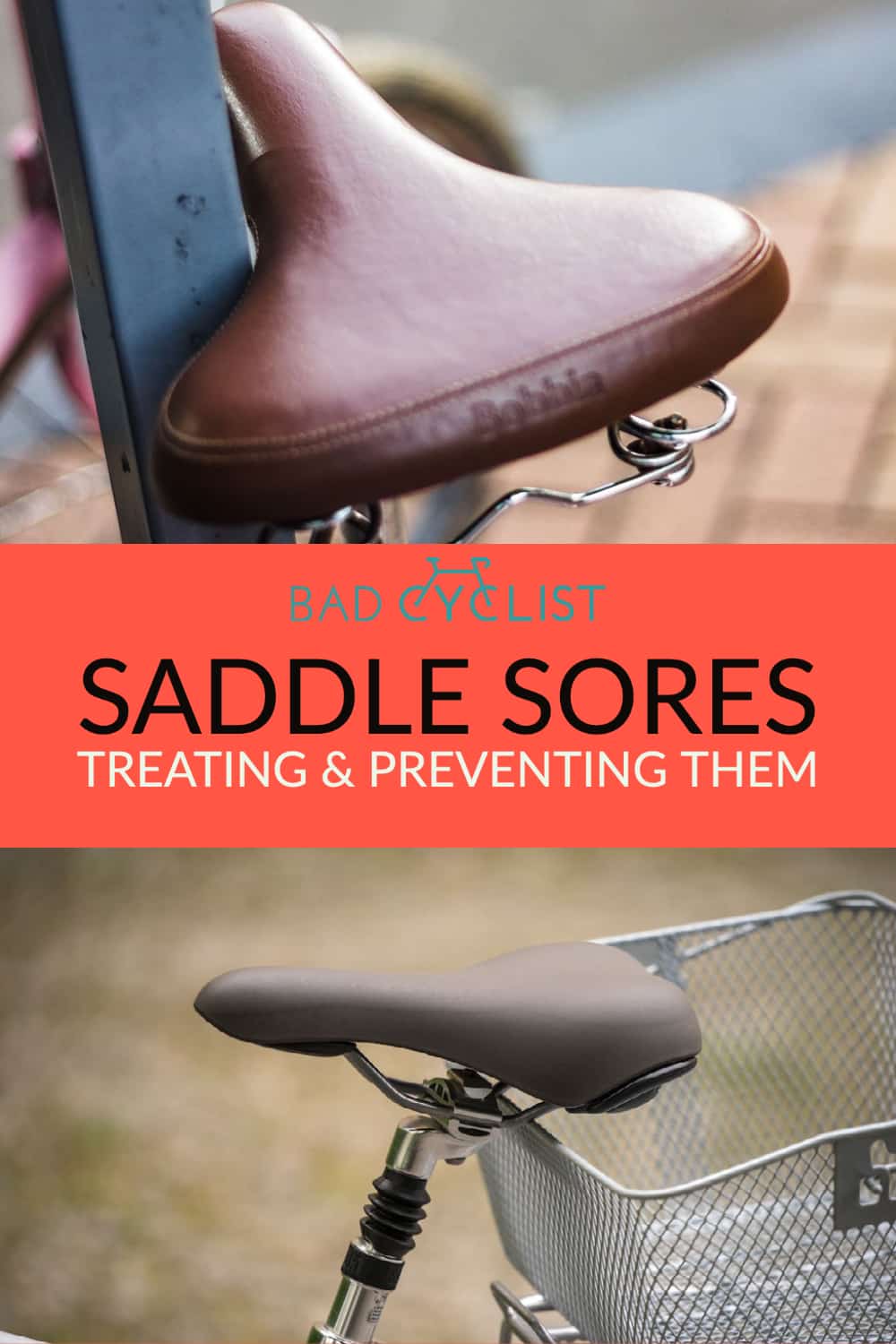






Comment Below